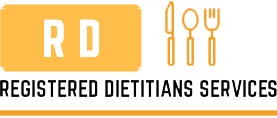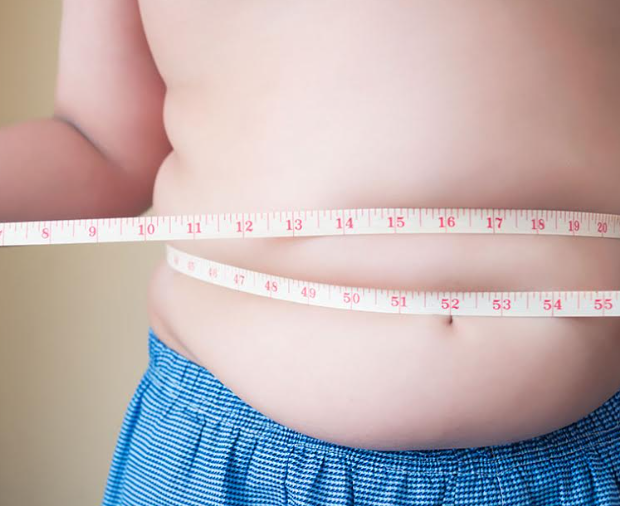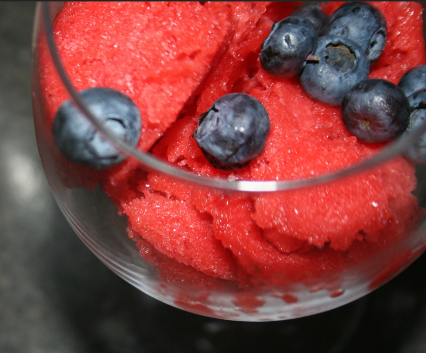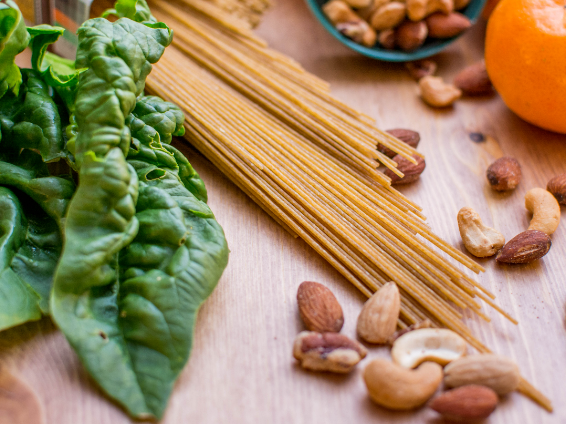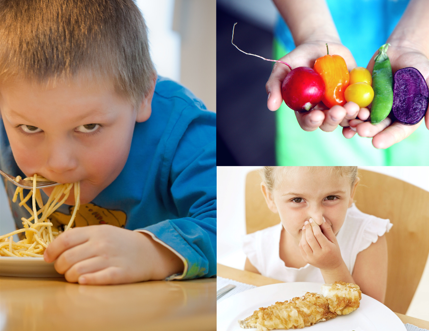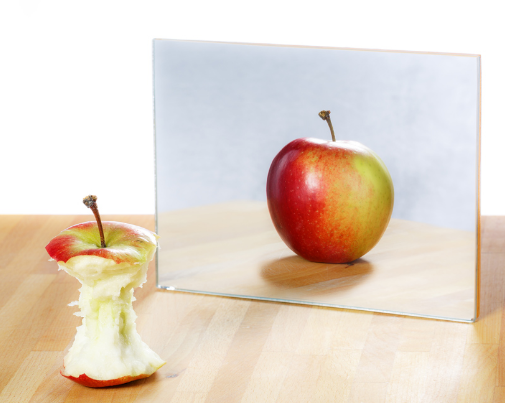Are you vegan and running out of snack ideas?
Would you like a list of healthy vegan snacks?
If yes, here is a blog written specifically for you!
I often meet people with a vegan diet and reports that they only have breakfast, lunch and dinner during the day, as they run out of ideas what to have as a vegan snack. So, I decided to help you with this blog sharing some vegan snack ideas.
Before the vegan snack list here’s a brief vegan diet explanation for those who are not familiarised with this term. A vegan diet is a way of living without any animal food and products such as meat, fish, chicken, eggs, cheese, etc… A vegan diet doesn’t have to be boring without snacks during the day. Here’s a list of vegan snacks.
- Fresh fruit
- Dried fruit
- Bread, crackers, or veggies with hummus
- Fruit or vegetable juice
- Smoothies
- Bagels with vegan cream cheese or peanut butter
- Cereal and soymilk
- Rice cakes with peanut butter and jam
- Dark chocolate or vegan chocolate
- Nuts (raw or dry-roasted)
- Popcorn
- Soy, almond, or coconut yogurt
- Vegan jam
- Olives
- Vegan ice-cream
- Ice-lollies
- Vegan protein bars
- Vegan biscuits
- Tofu
- Soya/coconut yogurts
- Vegan cheese
If you are a vegan you might also like to try some of our vegan recipes:
I hope you found this blog useful and you enjoy some vegan snacks during the day. I would love to hear your opinion on this blog below so feel free to leave a comment in the comment section below. If you have any queries I will be happy to answer you as well. If you would like to change to a vegan diet and you don’t know where to start contact us and we will be happy to provide you with a vegan meal plan.
